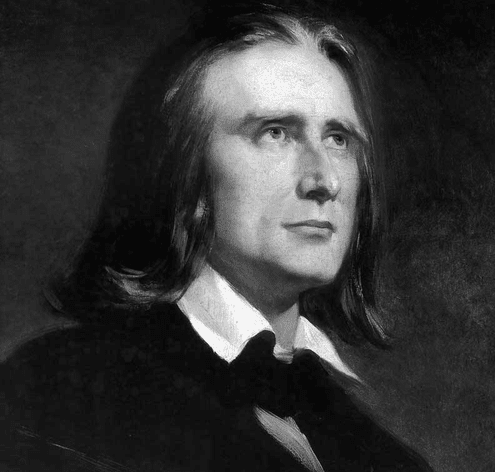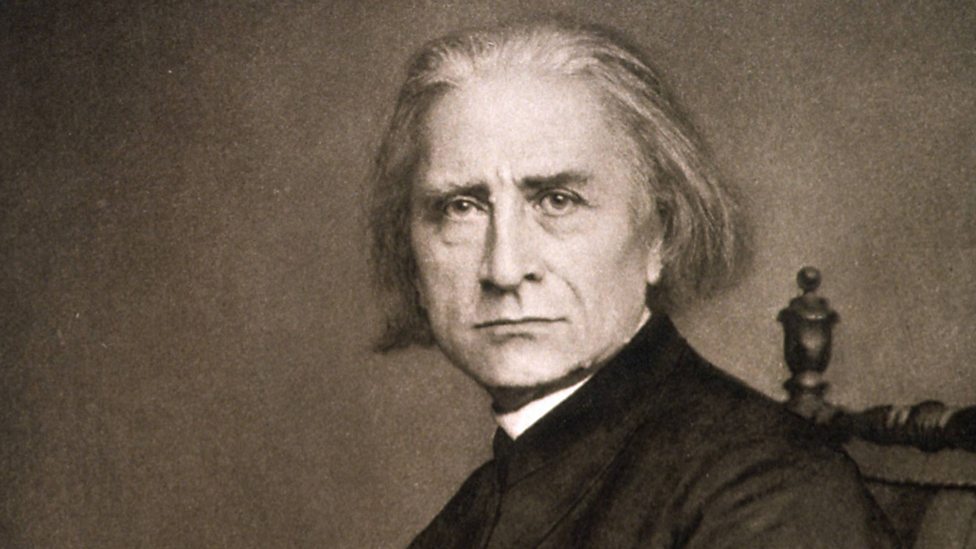

Both would be applied in the opening, marked pianississimo (as soft as possible) and sempre legatissimo (always as smoothly linked as possible).įor the pianist, as harmonies change above the low D flat, it is necessary to silently retake the low note as the pedal is changed, or else try a “half pedal” where lower reverberative notes survive a partial manipulation of the pedal while light upper notes do not.

The piece however was certainly composed with the normal two pedals in mind. Its composition coincides with Chopin’s death so, consciously or subconsciously, it is possibly a tribute to him. This preoccupation spilled over into his writing several piano pieces with similar titles to Chopin though all of them were in Liszt’s individual style.Ĭhopin was famous for his Nocturnes and it has often been noted that in Liszt’s D flat Consolation No.3, the opening texture and first singing note, as well as the key, recall Chopin’s Nocturne Op 27 No.2.
Quasi Adagio in D♭ major (based on a theme by the Grand Duchess Maria Pavlovna of Weimar).Īfter Chopin’s death in 1849 Liszt worked on a book about him over several years. The six pieces of the Consolations sandwich two D flat major pieces between pairs of pieces in E major: The most famous element of the set, the D flat Consolation No.3 Lento placido (slowly, placidly) was not yet present in the earlier one. The 1850 Breitkopf & Härtel edition of the Consolations was preceded by an earlier version composed between 18 (published by Henle in 1992). Like Beethoven, Liszt reworked and revised constantly.įor his piano compositions, he often simplified or refined their textures. The six Consolations were composed between 18 and the ten pieces of Harmonies were worked on from 1847 to 1852, the two sets linked by similar expressive content and literary inspiration. One wonders if this poem was in the mind of Kazuo Ishiguro when he wrote his strange, dreamlike novel about a concert pianist, The Unconsoled (1995).ĭecoding the Music Masterpieces: Debussy's Clair de Luneįranz Liszt at the piano, circa 1869. Only those who have otherwise been unconsolable. It has also been suggested the title may have the same source as the inspiration for another of Liszt’s pieces, Andante lagrimoso: a poem by Lamartine called A Tear (or Consolation). The poetic source for the Consolations may have been an 1830 poetry collection of the same name by Sainte-Beuve. Still, poetry and religious contemplation inspired Liszt’s composition Harmonies Poétiques et Religieuses as well as the Consolations. The philosopher and composer Jean-Jaques Rousseau had published a set of songs with chamber accompaniment called Les Consolations in 1781 but otherwise there seems no precedent in music. The title, Consolations, was unusual for a suite of piano pieces and is more often connected with poetry. Genius, benevolence and tenderness beam from his whole countenance, and his manners are in perfect harmony with it. Novelist George Eliot mentions in her letters that Liszt was “the first really inspired man I ever saw.” He produced many piano works: both large, like the great B Minor sonata of 1853, and small, like the piece which is our topic today, Consolation No.3 in D flat. There, he embarked on an incredibly prolific decade of composition. Still aged in his 30s, internationally famous and revered, he left this behind, settling with his later partner Princess Carolyne Sayn-Wittgenstein, to a quiet life in Weimar in 1848.ĭecoding the music masterpieces: Liszt’s Piano Sonata in B minor Later, he freely gave of his experience as a teacher to an international audience of young, aspiring pianists.īorn in Hungary in 1811, Liszt developed from being a child prodigy to building a legendary touring career as a virtuoso pianist based in Paris. So it is perhaps unsurprising that in mid-life, Liszt took a new direction towards privacy, orchestral conducting and composition. His extraordinary life to this point, breaking class barriers and performing and composing with the status of a superstar, was stranger than fiction. Liszt’s colourful early life was chronicled, in a one-sided way, by his first mistress, and mother of his three children, Marie d’Agoult, under her nom de plume, Daniel Stern, in a novella later used as a basis for the 1975 film, Lisztomania. It was written at a crucial turning point for the composer. 
Dreamy, slow-moving and gentle, the D flat Consolation is far from our accepted picture of Liszt, which is often taken from caricatures of his solo recitals: wild hair and eyes, hands flying off the keyboard.







 0 kommentar(er)
0 kommentar(er)
